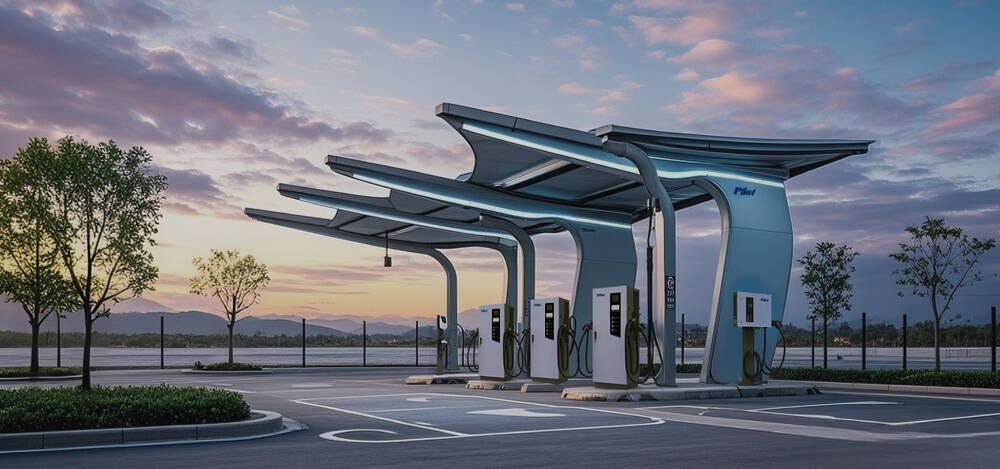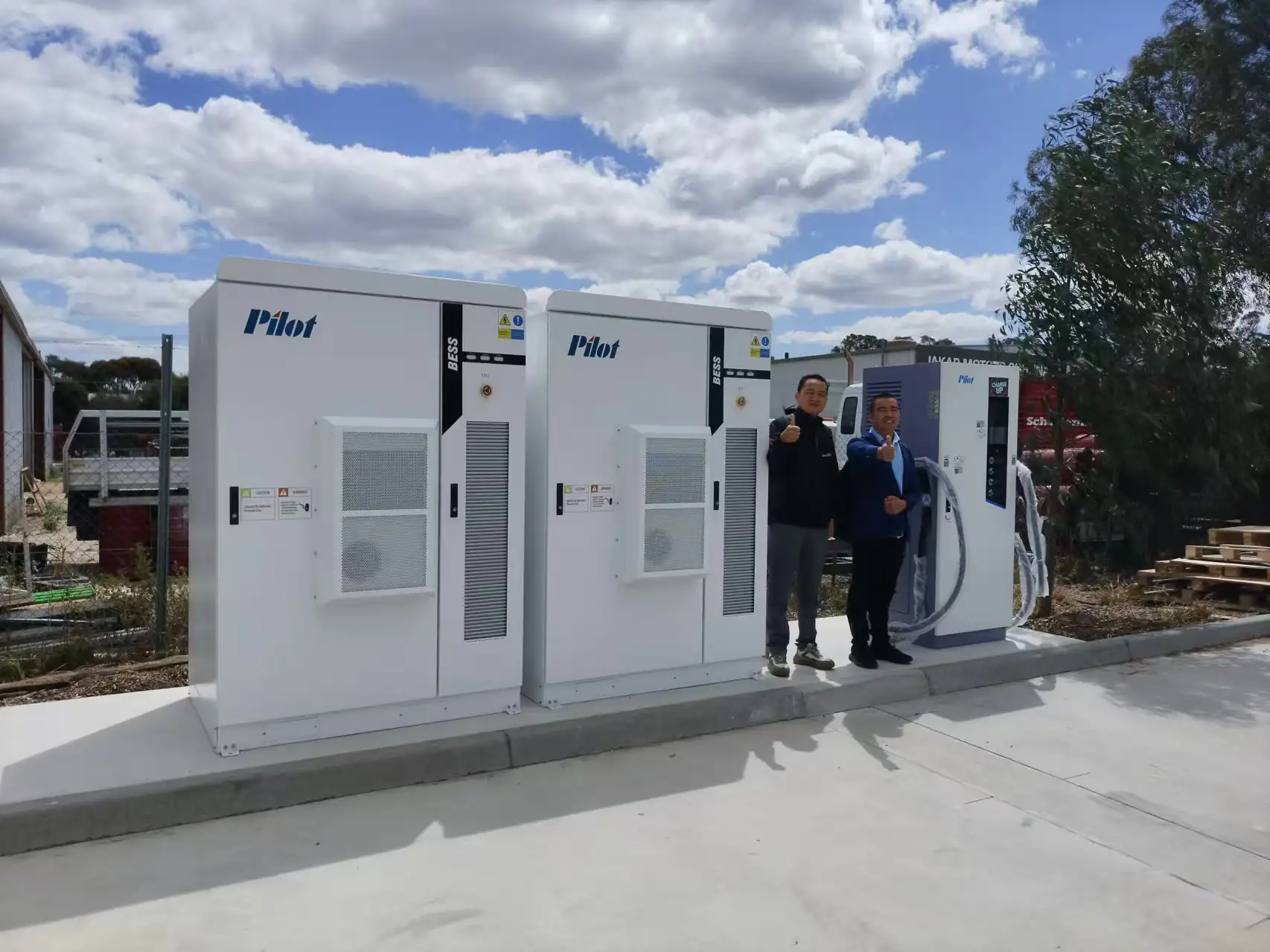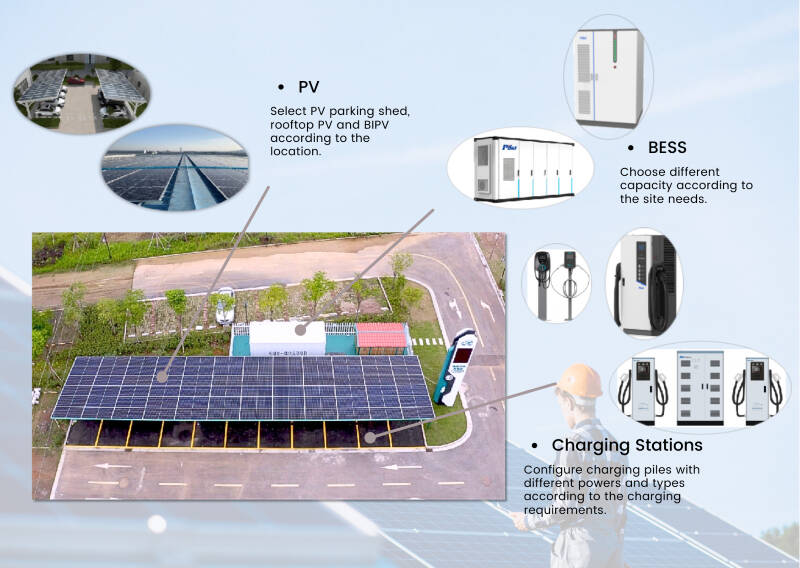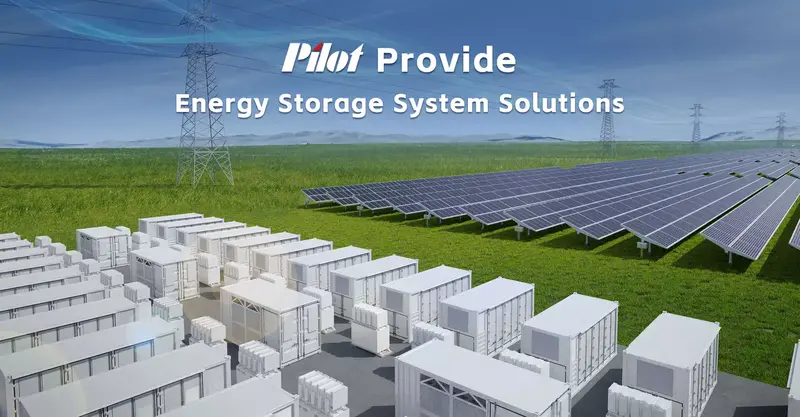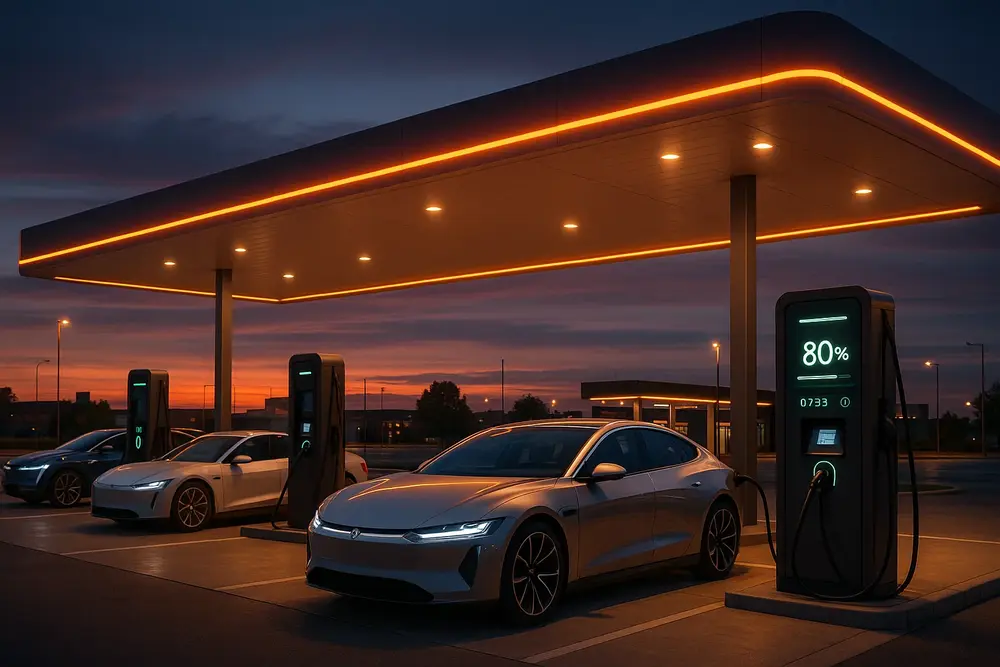
Products
Fast, Reliable, Everywhere

Solutions
Efficient, Innovative EV Charging Solutions.
News
We are committed to the innovation and application of EV charging.
As electric vehicles (EVs) become increasingly mainstream, more drivers are discovering the convenience of charging their car while it sits idle at home. Compared to detouring to a gas station, starting your day with a full battery at home is a major perk—and one of the reasons over 60% of EV owners prefer home charging.
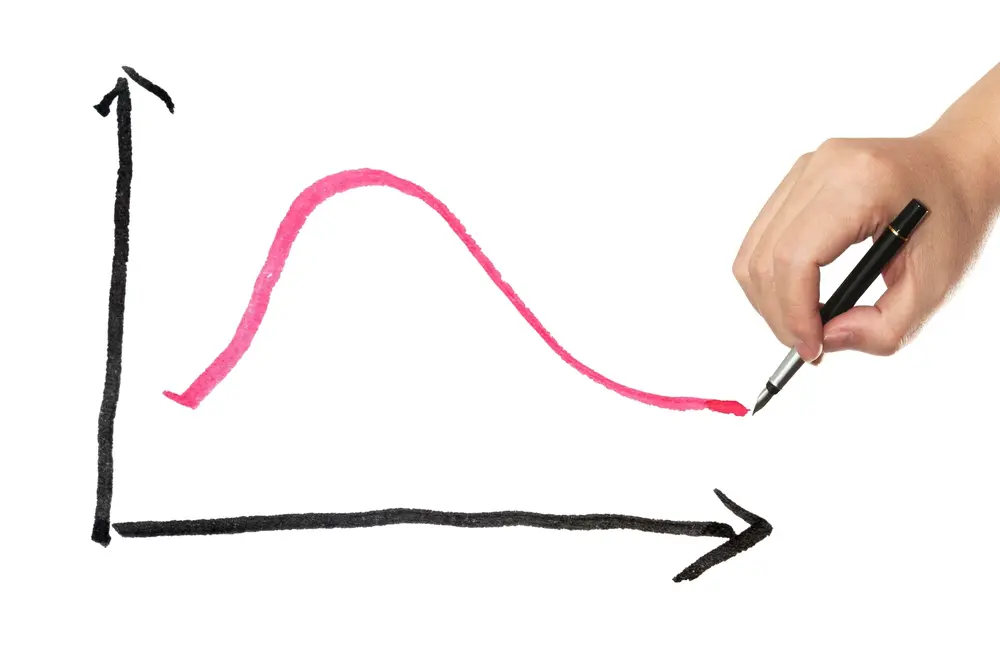
But with home EV charging comes the question of efficient energy use. In fact, surveys show that energy efficiency is a top concern for 65% of EV drivers when selecting a charger. This is where smart charging features like peak shaving and load shifting enter the picture.
So, what do these terms really mean, and how can they benefit you as an EV owner? Let’s break them down in clear, actionable terms—no complicated jargon required.
Before diving into how these features work at home, it helps to know they come from the broader energy sector, where peak shaving and load shifting have long been used to optimize industrial power consumption. Now, those same strategies are being scaled down to fit residential charging needs.
Load shifting means adjusting when you use electricity to times when demand on the grid—and prices—are lower.
In the energy world, electricity usage is referred to as a “load”, and when many people use electricity at the same time, it causes peak demand, which often leads to higher costs.
With smart EV chargers, you can schedule your car to charge during off-peak hours, such as late at night or early morning. This reduces energy costs without reducing how much energy you use.

Your utility company charges less from 1:00 AM to 6:00 AM.
You schedule your EV charger to power up during that window.
Result: You save money, reduce grid pressure, and still wake up to a fully charged vehicle.
But life isn’t always that simple—sometimes you need your car ready before those off-peak hours. That’s when peak shaving comes into play.
Peak shaving aims to reduce the intensity of your energy use during high-demand periods. Instead of shifting the time, it limits the amount of energy you draw from the grid.
This can be done in two ways:
Reducing power use by turning off or limiting energy-intensive appliances.
Adding local power sources like home batteries or solar panels to supplement grid electricity.
Peak shaving is especially useful if you have home solar energy storage. Your smart EV charger can draw from that stored energy during peak demand—lowering utility costs without disrupting usage.
With Vehicle-to-Home (V2H) functionality, your EV could even become part of your home energy system. During peak hours, your car’s battery could power household appliances, helping to stabilize energy usage and keep bills in check. While this is still emerging technology, it represents a big leap forward in sustainable energy management.
| Feature | Load Shifting | Peak Shaving |
|---|---|---|
| When it works | During scheduling | In real-time during high demand |
| What it changes | Shifts time of use | Reduces or offsets power consumption |
| Goal | Lower electricity costs | Reduce demand spikes on the grid |
| Energy Source | Grid only | Grid + Local (solar, battery, etc.) |
Another common term in smart EV charging is dynamic load balancing, often confused with the above. This feature ensures that your household’s total energy use doesn’t exceed the available power supply by evenly distributing power between appliances.
So, if you're charging your EV while running your dishwasher and heater, the system will adjust to avoid a power overload.
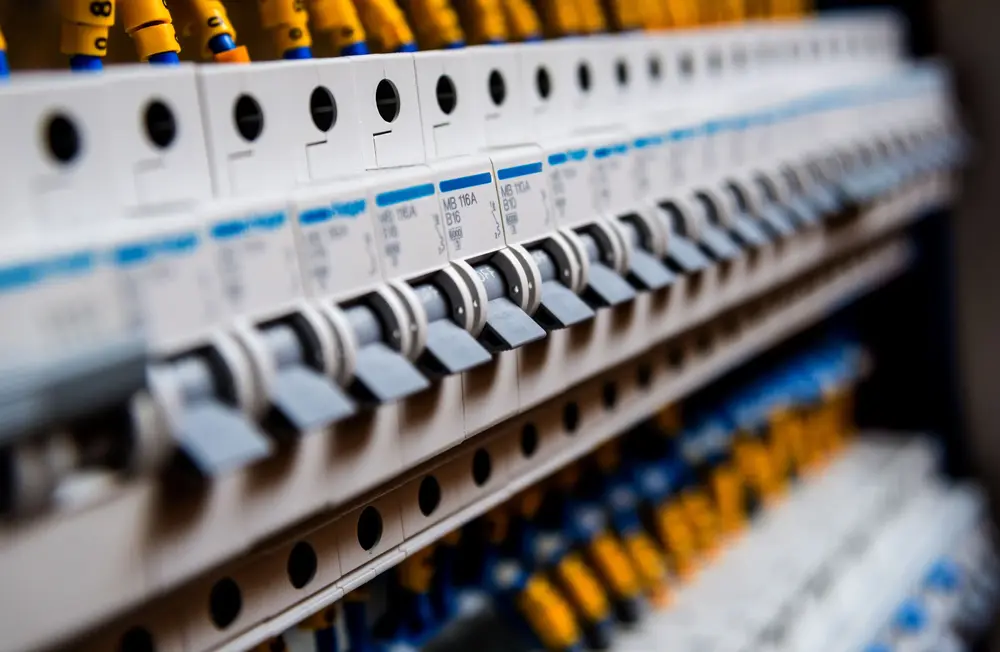
Here’s a quick recap of how these smart energy features work together:
Dynamic Load Balancing: Prevents power overload by adjusting appliance power use in real-time.
Load Shifting: Schedules charging sessions during off-peak hours to lower electricity bills.
Peak Shaving: Uses local energy storage or limits grid draw to reduce demand during costly peak times.
Together, these technologies help maximize efficiency, reduce utility bills, and future-proof your home energy setup.
If you’re exploring ways to enhance your home charging setup, understanding these smart features is essential. Visit our in-depth guide on [EV Smart Charging Solutions] to discover how to optimize energy use, reduce costs, and embrace a more sustainable charging lifestyle.
